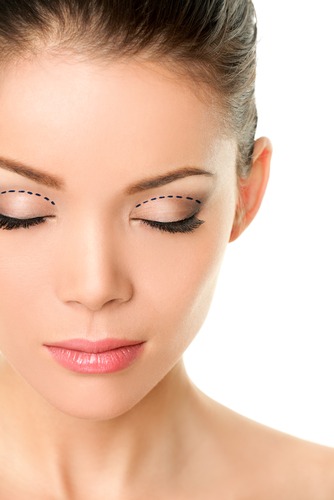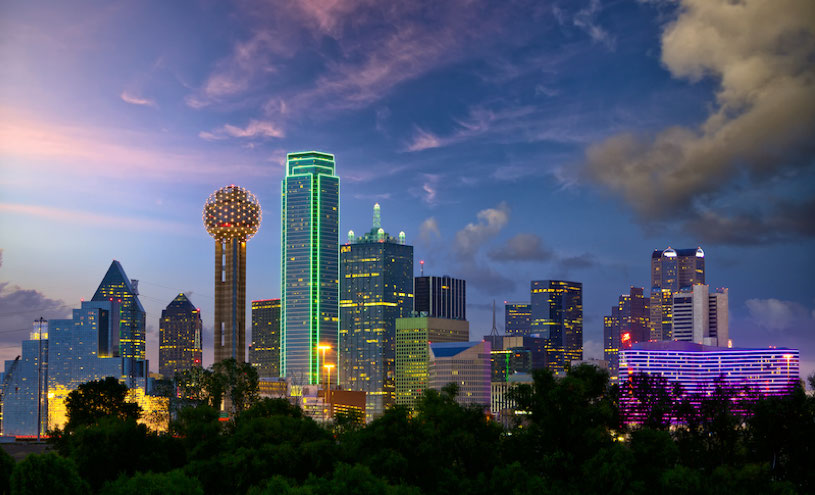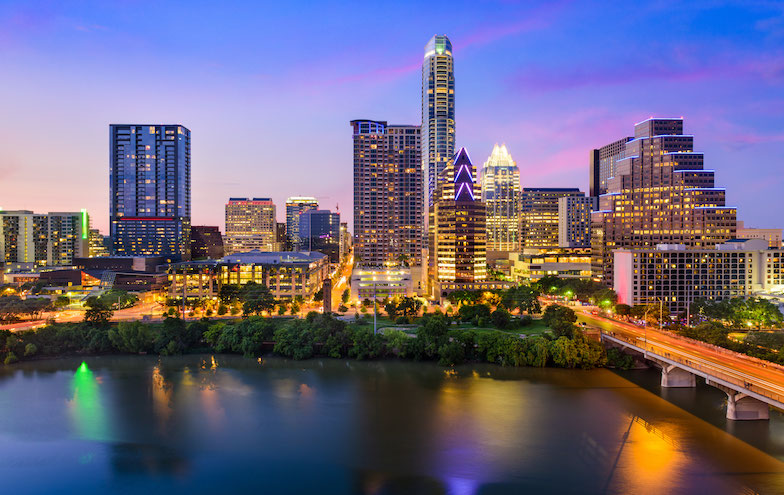
Upper Blepharoplasty
Upper eyelid surgery, also known as upper blepharoplasty, is a cosmetic and functional procedure designed to remove excess skin, muscle, and sometimes fat from the upper eyelids. Over time, the skin of the upper lids can lose elasticity, leading to drooping, hooding, or a “heavy” appearance. This can not only age the face but, in more severe cases, obstruct vision. The goal of the procedure is to restore a refreshed, alert, and natural-looking eyelid contour while improving visual function when needed.
Why Consider Upper Eyelid Surgery?
There are two main reasons patients choose upper eyelid surgery:
-
Cosmetic improvements — Overhanging skin or puffiness can contribute to a tired, aged look. Removing and repositioning soft tissues gives the eyes a more youthful and open appearance.
-
Functional relief — In some cases, excess upper eyelid skin literally hangs over the lash line and impairs the visual field. This “functional” blepharoplasty helps restore unobstructed vision and may be medically necessary.
Many patients experience a combination of both cosmetic and functional concerns. During your consultation, both aspects are carefully evaluated to design the optimal surgical plan.
Who Is a Candidate?
You may be a candidate for upper eyelid surgery if you:
- Notice drooping skin hanging over your natural lid crease
- Feel like your upper lids are “heavy” or tired
- Experience interference of excess skin with your field of vision
- Want a more refreshed and youthful eyelid contour
A good candidate is someone in overall good health, non-smoker (or willing to quit during healing), and has realistic expectations about outcomes and recovery.
The Procedure: What to Expect
-
Anesthesia
Upper blepharoplasty is commonly performed under local anesthesia with sedation, though general anesthesia can be used when combined with other procedures. -
Incisions
The surgeon makes small incisions along the natural eyelid crease, which helps hide scars in the fold. -
Tissue Removal or Repositioning
Excess skin, muscle, and sometimes fat are trimmed or repositioned to smooth contour and preserve natural eyelid structure. Fat is often conserved centrally, and delicate removal helps define the eyelid without hollowness. -
Closure
Fine sutures close the incisions precisely. Because the cuts are placed in natural creases, the scars tend to fade and become discreet over time.
Recovery & Aftercare
-
Swelling & Bruising
Mild swelling and bruising around the eyes are common and typically resolve over one to two weeks. -
Activity Restrictions
You’ll likely be advised to avoid heavy lifting, strenuous exercise, and bending for several days. Eye makeup and contact lens use are generally restricted for 1–2 weeks. -
Follow-Up Visits
Your surgeon will monitor healing and remove sutures at the appropriate time. As swelling subsides, you’ll begin to see the full aesthetic and functional improvements.
Longevity of Results & Long-Term Considerations
Upper blepharoplasty results are long-lasting—because the excess skin is surgically removed, the eyelids do not generally require repeat surgery. However, as aging continues, other facial structures (like the brow) may descend and lead to renewed drooping. In such cases, a brow lift may be more appropriate than repeating eyelid surgery.
Potential Risks & Considerations
Though relatively safe in experienced hands, upper eyelid surgery carries some risks, including:
- Temporary irritation, dryness, or discomfort
- Asymmetry or uneven healing
- Visible scarring (rare, but minimized by the crease placement)
- Slight overcorrection, causing under-lid tension (rare)
A thorough preoperative evaluation and clear discussion of your goals help mitigate these risks.
We proudly serve patients from Dallas, Plano, and neighboring communities.









Schedule a Consultation: 972-EYE-LIDS (393-5437)